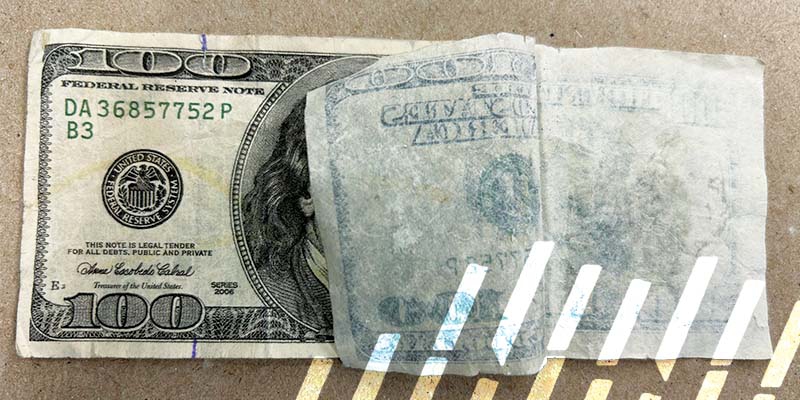Checking Out Legitimate Channels to Acquisition copyright Money for Sale
Checking Out Legitimate Channels to Acquisition copyright Money for Sale
Blog Article
Check Out the Uses of Imitation Cash in Artistic Creations and Theatrical Performances
copyright money, often identified with deception and illegality, holds a peculiar appeal when it finds its means right into the world of creative creations and staged performances. As we dig into the diverse uses of fake cash in these imaginative domain names, we begin to discover a world where authenticity and replica blur, prompting us to question the very nature of worth and depiction within art and performance.

Historical Value of copyright Money in Art
The historic relevance of copyright money in art is a complicated and fascinating topic that loses light on the crossway of creative thinking, subversion, and socio-political commentary. Throughout background, musicians have made use of funny money as a tool for difficult social standards, questioning the worth of money, and making effective declarations about wide range and power.
One of the most notable instances of funny money in art days back to the Dada motion of the early 20th century - copyright money for sale. Musicians such as Marcel Duchamp and Hannah Höch incorporated copyright right into their jobs to criticize the capitalist system and explore the idea of value in a swiftly changing world
Additionally, during times of financial instability or political turmoil, fake cash has actually been used by musicians as a kind of demonstration or rebellion. By creating and circulating copyright, artists have been able to interrupt the status, obstacle authority, and provoke vital discussions about the role of money in society.
Impact of Imitation Money on Visual Arts
By incorporating copyright into their works, musicians prompt conversations on the nature of value, authenticity, and societal assumptions of wide range. The usage of phony cash in art likewise raises ethical factors to consider regarding the limits of imaginative expression and the ramifications of duplicating lawful tender. On the whole, the impact of phony currency on aesthetic arts is diverse, stimulating essential representations on the junction of cash, art, and social values.
Importance and Meaning in Theatrical Imitation Displays
Using theatrical fake display screens, musicians use symbolic representations to convey deeper meanings and stimulate thought-provoking analyses within the realm of efficiency art. With the incorporation of copyright in theatrical manufacturings, makers can check out themes such as greed, power, corruption, and the impression of wide range. The usage of copyright on phase can work as an allegory for social issues, economic disparities, and the delicacy of financial systems.
In staged performances, the symbolic value of funny money extends past its monetary well worth. It can signify the deceptive nature of appearances, the search of materialistic needs, and the consequences of unethical habits. By using phony money as a prop, musicians can challenge audiences to question truth significance of riches and the moral boundaries that individuals may go across in its search.
Moral Factors To Consider in operation copyright Cash for Art

One major moral factor to consider is the prospective lawful consequences of making use of funny money in art. Counterfeiting money is illegal in the majority of countries and can result in serious effects for artists look at these guys who purposefully incorporate fake bills Discover More into their job. copyright money for sale. This not just puts the musician at threat but likewise elevates concerns about advertising illegal activities via art
Furthermore, there is a moral predicament pertaining to the credibility of the art work itself. Utilizing fake cash blurs the line between truth and replica, potentially deceiving visitors and jeopardizing the honesty of the artistic piece. Musicians must think about whether the usage of imitation cash straightens with their worths and imaginative intentions, evaluating the possible effect on their reputation and reputation.
Future Fads in Funny Money Combination
Thinking about the developing landscape of imaginative expression, the consolidation of funny money in innovative jobs may witness a change in the direction of cutting-edge and intriguing methods. As musicians remain to push borders and check out brand-new mediums, phony money could increasingly be used to challenge societal norms, examine the worth of money, or make powerful statements regarding riches and consumerism.
One future fad in copyright money integration can be its utilization in immersive art installations where target markets are urged to engage with the pieces, obscuring the lines in between reality and illusion. In addition, advancements in innovation might lead to the creation of hyper-realistic funny money that is basically identical from real money, opening opportunities for a lot more thorough and complex art work.
Furthermore, partnerships in between artists and counterfeiters can cause one-of-a-kind items that incorporate conventional artistic techniques with the craftsmanship of developing funny money. Ethical considerations bordering the legality and principles of utilizing phony cash in art will certainly continue to be a factor of contention as these future trends unfold.
Conclusion
To conclude, usings fake cash in creative productions and staged performances have a long background and remain to provide motivation for artists. From its historical significance to its effect on aesthetic arts and meaning in theatrical display screens, phony money plays a special duty in the art world. Ethical considerations must be taken into account when using copyright money for imaginative objectives. The integration of copyright cash in art is most likely to proceed advancing in the future.
Generally, the effect of phony money on try this web-site visual arts is diverse, stimulating important representations on the intersection of cash, art, and societal values.

In final thought, the uses of copyright cash in staged efficiencies and artistic productions have a lengthy background and continue to be a resource of ideas for musicians. Moral considerations need to be taken into account when using copyright money for creative objectives. The integration of copyright money in art is most likely to continue progressing in the future.
Report this page